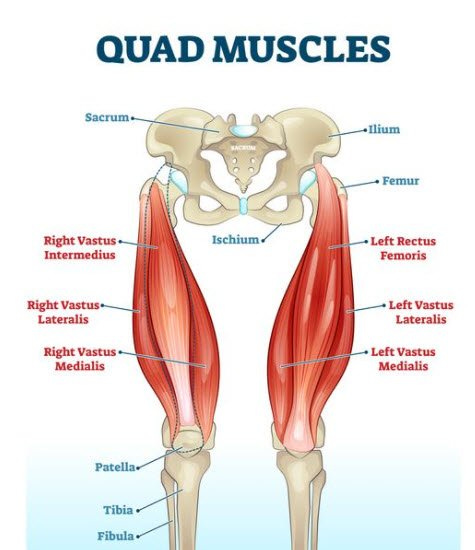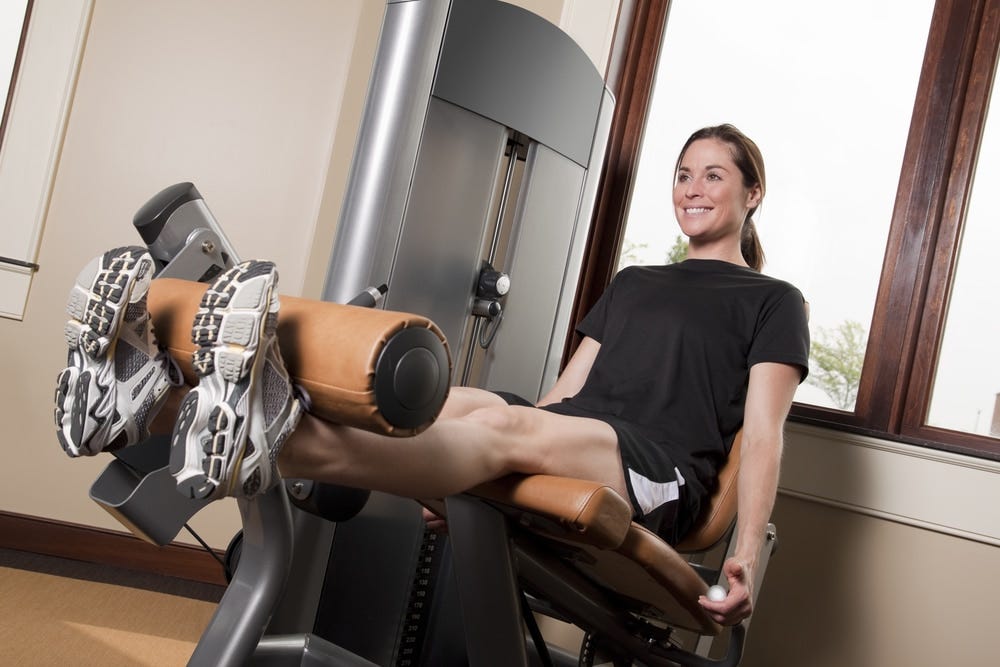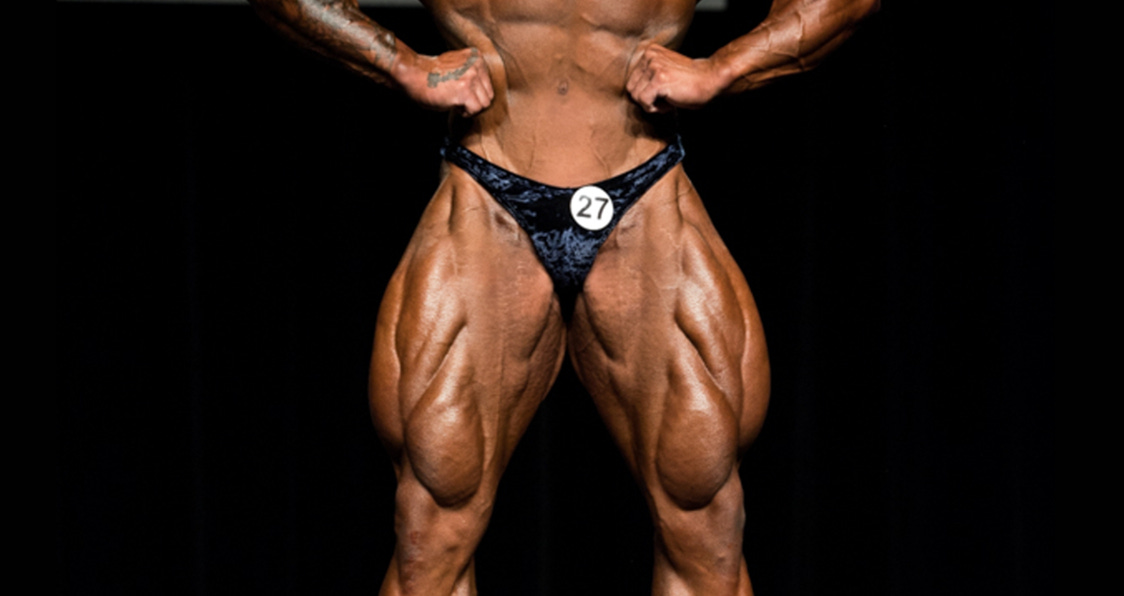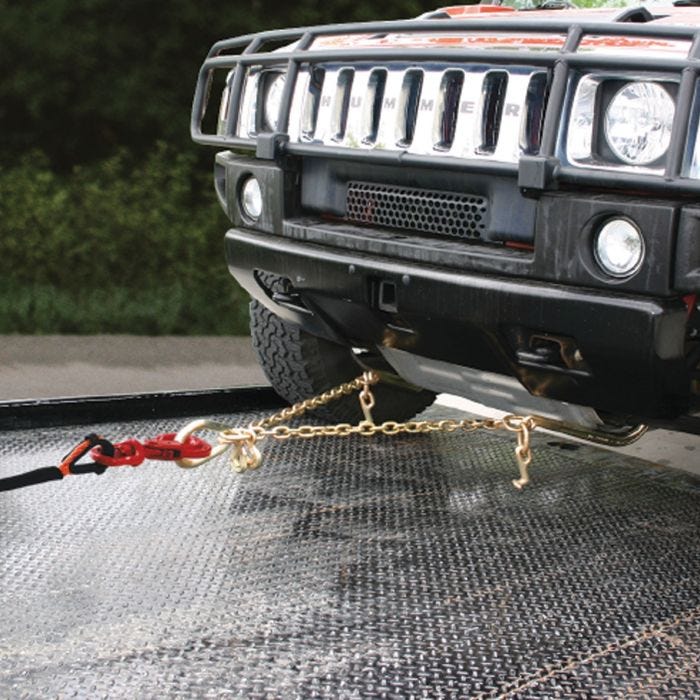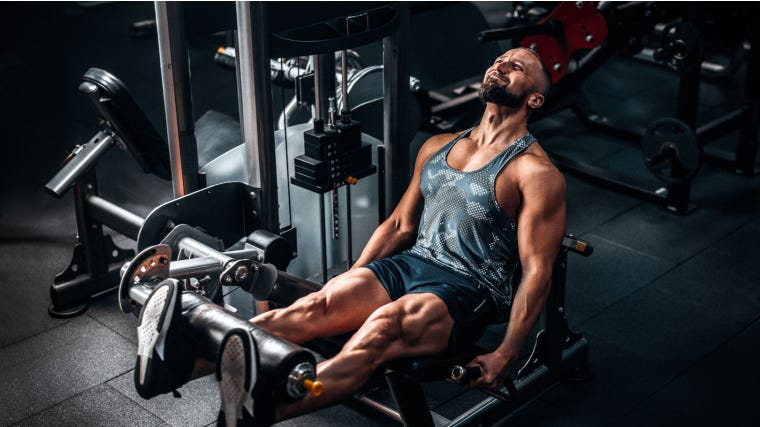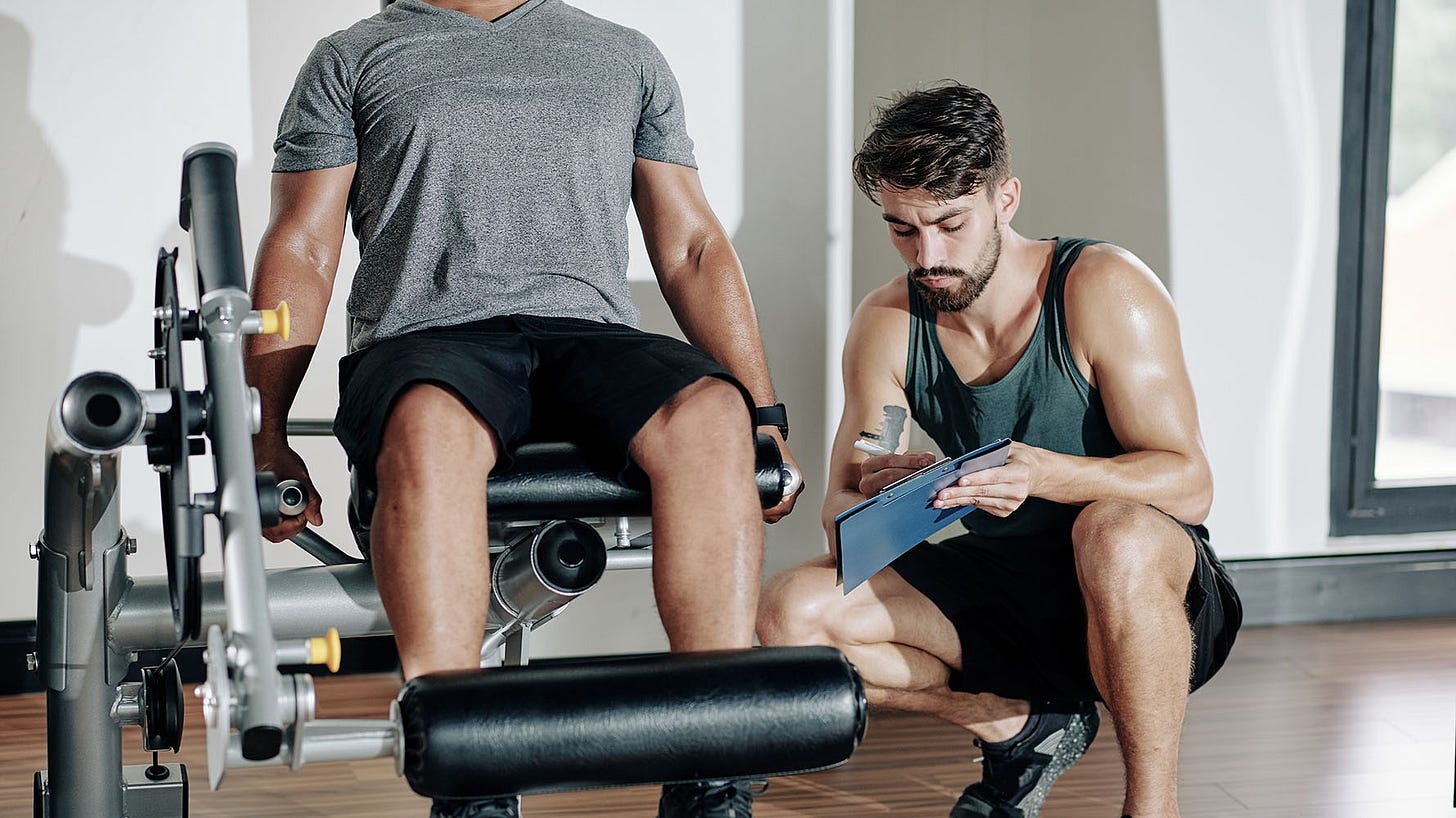In this article:
An important leg day question.
Why leg extension foot position matters.
Multiple leg extension variations for specific benefits.
Tips for perfect leg extension reps.
My Question to You…
Now that you’ve been asked, hit that comment button and tell me your answer.
Now that you’ve shared your answer, it’s time for me to explain why I’d even ask that particular question in the first place.
Foot Position Facts
How you position your feet during leg extensions will impact the activation levels of different quadriceps muscles.
I believe most people will hop on a leg extension machine and let their foot position fall where it naturally may. They give no thought to internal or external rotation of their legs before getting on with their reps. While this is better for quad growth than not doing leg extensions at all, I believe that knowing more about an exercise is better. This article was written to download leg extension knowledge directly to your brain.
Consider the following three foot positions and how they impact quad muscle activation.
1. Neutral Position (Feet Pointing Up)
This is the usual/standard position with your feet pointing straight up. If you’re after balanced activation of all quadriceps muscles, this is your go-to.
Is it just me or is that smile creeping you out too?
2. Internal Rotation (Feet Pointing In)
Have you ever heard of someone being pigeon-toed? They walk with their feet pointed in, right? The technical term for this is internal rotation and, when done during leg extensions, this position emphasizes the activation of the vastus lateralis muscle. If you refer back to the quadriceps anatomy diagram above, you’ll see this is the outer-most muscle.
In bodybuilding, someone with a well-developed vastus lateralis is said to have great quad sweep. Clearly, the guy in the picture knows something about vastus lateralis training that most people don’t!
While those legs look AI generated, they’re not!
3. External Rotation (Feet Pointing Out)
I’m not sure what it is with bird names being used to describe how people walk, but if someone walks with their feet pointing out (externally rotated), they’re said to be duck-footed. Using this foot position during leg extensions hits the vastus medialis more effectively.
The vastus medialis is the inner portion of the quadriceps and plays a huge role in front thigh aesthetics. When you hear someone mention the tear drop muscle, they’re talking about the vastus medialis.
Check out a past pro figure client of mine, Jessie Hilgenberg, showing off those tear drop quad muscles. Notice how they’re literally in the shape of a tear drop? Now you know how they got their nickname.
Are you interested in running Jessie’s program? Let’s work together! Click below.
With those three foot positions covering all possible options, I recommend thinking about how you can use them to target various parts of your quads and eliminate any visual or strength imbalances you may have.
On a personal note, I’ll admit, it’s going to be very difficult to know if one muscle of your quads is weaker than another. My opinion is that these foot variations are most-easily put to good use when gaining muscle size in a specific quad muscle is the objective.
Remember, my objective for this article is to share knowledge. The best outcome from you reading it, in my opinion, is that you come away understanding how leg extension foot position emphasizes specific quadricep muscle groups.
Leg Extension Tips
Now that you know about foot position and quad muscle emphasis, I’d like to give you a handful of tips to help you perform your leg extensions more effectively, regardless of which foot position you’re using.
Machine Setup
Most machines will have a backrest that moves forward/backward to accommodate for people of different heights. You’ll want to set the backrest far enough back so your legs have support toward your knees, but also far enough forward to make sure the leg pad doesn’t prevent a full range of motion at the knee joints.
Most machines will also have an adjustable shin pad/roller. This will adjust up and down to work for people of different heights. You’ll want the shin pad to be near your ankles.
Thirdly, the shin pad is attached to a lever arm (the part of the machine that moves during your reps). This lever arm can usually be adjusted to control how much your knees will flex at the bottom of each rep. Provided you aren’t limiting knee range of motion for a specific reason, you’ll want to set the lever arm adjustment to provide as much knee bend as possible. This ensures full range of motion, which I’ll talk more about below.
As a final setup tip, make sure your settings are comfortable with some light reps before getting to the real work.
Control the Movement
As I recommend for every exercise, use a weight that is challenging, but also allows you to maintain control through both the positive and negative portions of each rep. Muscle growth happens as a result of both phases of a rep being done with control.
It’s important to avoid jerky movements when lifting weights. Think of your muscles as you’d think of a chain being used to tow a vehicle. When you start to pull a vehicle, you don’t simply mash on the gas and hope the chain doesn’t break. That’s an awful idea! What you do is build a little tension in the chain and then proceed in a controlled manner. Treat your leg extension reps as you’d treat a tow chain and you’ll ensure constant tension on your quads and minimize your risk of injury.
Full Range of Motion
Using a full range of motion is something I recommend to 99% of people during exercise. There is a multitude of benefits to doing so, so try to do it whenever you can. Benefits include increased muscle growth, increased mobility, more time under tension, and maximized muscle engagement.
At the top of each rep, make sure to flex your quads fully. This will ensure complete knee extension and the fullest range of motion at the peak of each rep.
At the bottom of each rep, make sure you’re letting your knees flex as much as the machine will allow. This will stretch your quads as much as possible and result in a fuller range of motion. Also, don’t forget that studies have shown that lifting weights through stretched positions results in more growth.
Check Your Ego During Weight Selection
Kick things off with a weight that allows you to perform your reps with proper form through a full range of motion. Make sure the weight you’re using fits those criteria, but also provides challenge for your goal rep count per set.
As you gain strength and are able to complete your goal reps with a specific weight, it’s time to add more. Make a small increase in weight and get back to work.
Final Thoughts
From knee joint integrity to making sure nobody thinks you skip leg day, built quads are a necessity. Leg extensions are the best way to isolate your quad muscles, IMO. This article was written to take that isolation to the next level, and I hope you do just that.
The next time you’re putting in work on that leg extension machine, pay attention to how you’re positioning your feet. Try the three foot positions above and see if you feel your inner and outer quads differently.
Training is a series of trials, experiments, and tests you perform on yourself. Be open-minded and see where it takes you.
Thank you for reading,
Ryan






